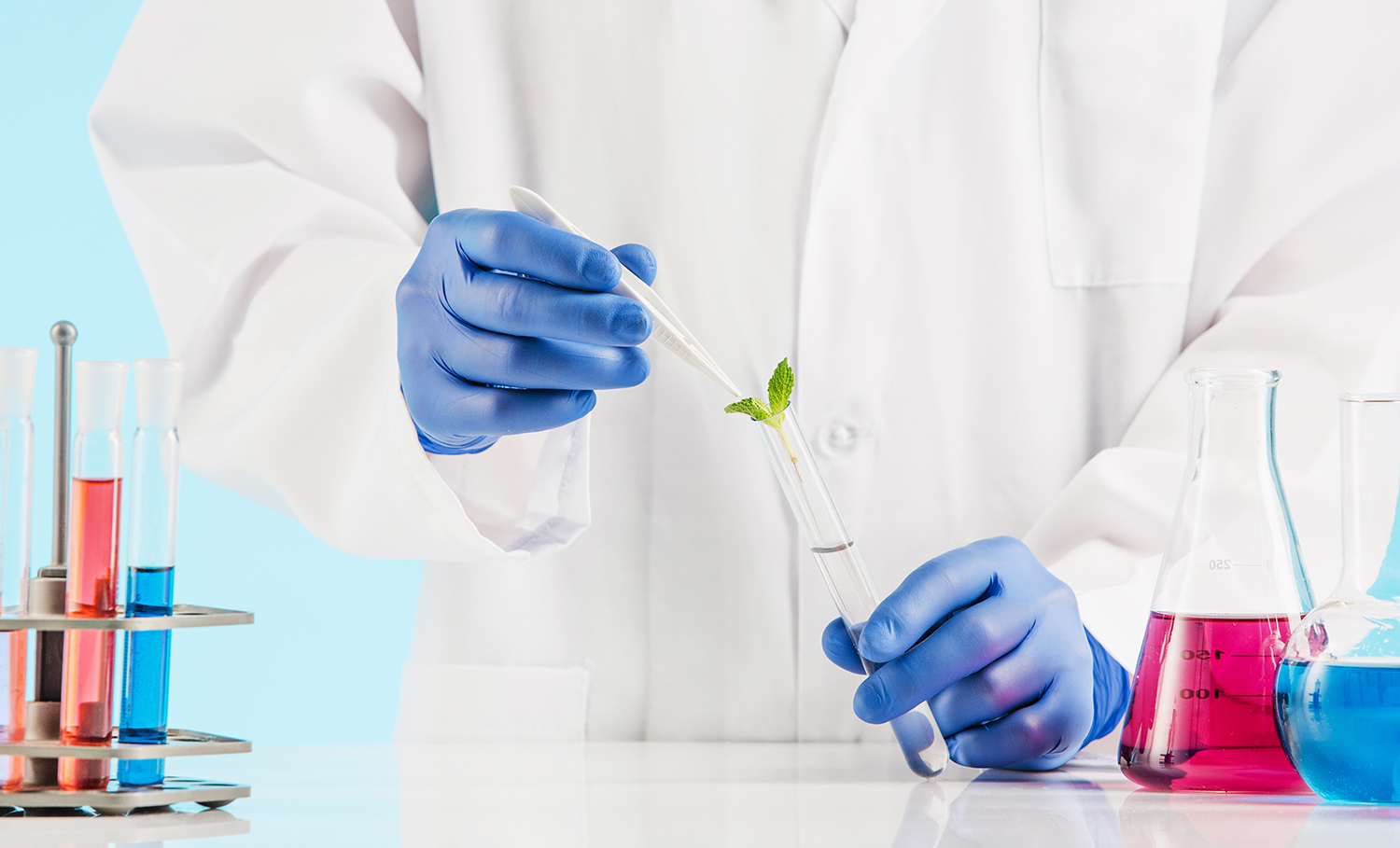The Importance of Tissue Sampling

Tissue analysis is an important tool in helping to understand exactly what is happening in your plants. As the year winds towards an end, many crops have potentially been in the greenhouse for several months (northern tomato and cucumber growers), and it is best to finish the year strong. From a nutrient perspective, the best way to help and understand your plants is through tissue analysis. Tissue analysis can be thought of as a snapshot of the plant's health at any given time. There are several labs throughout the country that can process tissue samples, but there are some key points to help growers when taking and sending samples.
1. Collect tissue according to the plant and the lab you will be using. For example, tomatoes will be using the petiole third to fourth leaf from the growing point, lettuce will be using the entire plant without the roots, and basil will be using both the leaf and the petiole. Quantity and part of the plant required to be sampled can vary, depending on the lab.
2. Sample often. Different stages of plant growth have different nutritional needs (i.e. vegetative vs. flowering, young vs. old, etc.) and having trends for your crop can help to make better decisions. Sample not only when problems arise in the crop, but also when the crop is looking great and healthy. General tissue analysis exists and is available for many crops, but those samples typically do not reflect hydroponic crops.
3. Send quality samples. Make sure to collect tissue that is not dead or diseased, not damaged by insects or equipment, or seeds.

4. Keep it quick. We recommend collecting samples early in the week, and shipping to the lab ASAP. The longer the samples are in transit, the more the tissue degrades and can give false results. Typically, tissue samples are sent via overnight or next-day shipping.
5. Make sure to get an entire nutrient analysis (N-P-K + micros). Many labs have different options of tests that they provide to growers. Be sure to include the micronutrients in your analysis to ensure the plant is getting proper nutrient levels needed for growth. To learn more about these nutrients, click here or here.
Once the results from the lab have been returned, make sure to study and interpret the results, keeping in mind the age of the crop and growth stage prior to making too many changes. Personally, I like to keep my tissue analysis in the same area as my fertilizer recipes. This allows me to easily compare what is affecting the crop at the time the samples were sent in, and having the tissue analysis helps to paint the picture of what the plants are doing. If you are not familiar with tissue analysis or interpretting results, the horticulture staff at CropKing is here to help! If you are interested in learning more or broadening your knowledge base, consider signing up for one of our workshops!
Shipping photo courtesy of Rachel McCarthy, Cornell University, Bugwood.org
